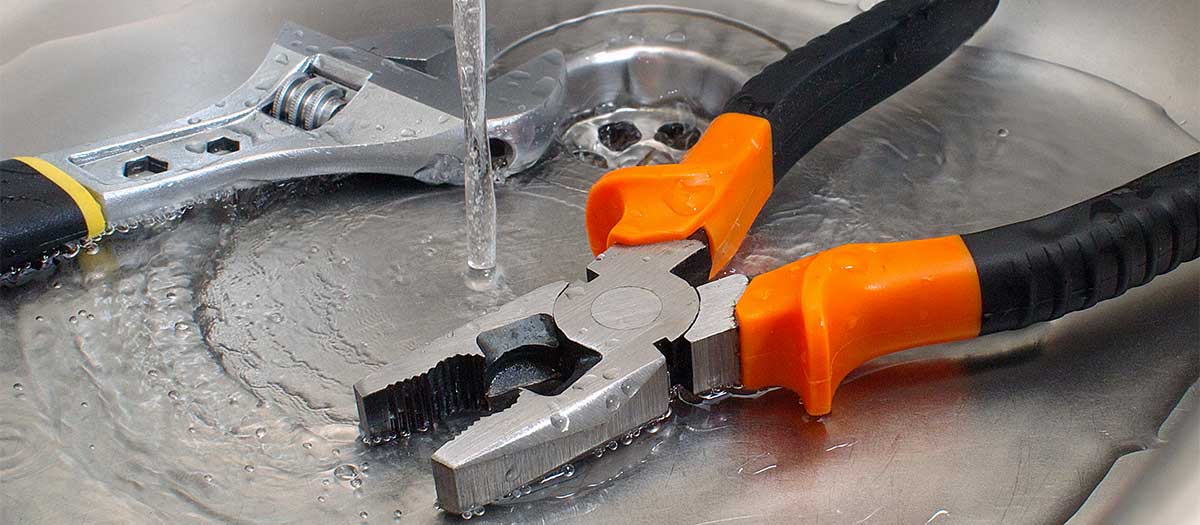Uncover Hidden Water Line Leaks: Six Tested Techniques for Spotting
Uncover Hidden Water Line Leaks: Six Tested Techniques for Spotting
Blog Article
Each person will have their own theory in relation to Finding hidden leaks.

Early discovery of dripping water lines can mitigate a prospective calamity. Some little water leakages might not be noticeable.
1. Analyze the Water Meter
Every home has a water meter. Examining it is a guaranteed manner in which assists you uncover leakages. For beginners, shut off all the water sources. Make sure nobody will purge, utilize the faucet, shower, run the washing machine or dishwasher. From there, most likely to the meter and also watch if it will alter. Because no one is utilizing it, there must be no movements. If it relocates, that suggests a fast-moving leak. If you detect no modifications, wait a hr or two and inspect back once again. This suggests you might have a sluggish leakage that can also be below ground.
2. Inspect Water Consumption
Analyze your water bills and also track your water usage. As the one paying it, you should discover if there are any type of inconsistencies. If you detect sudden changes, in spite of your usage coinciding, it implies that you have leakages in your plumbing system. Remember, your water costs ought to drop under the very same range each month. A sudden spike in your expense shows a fast-moving leakage.
On the other hand, a stable increase each month, despite having the same habits, reveals you have a sluggish leakage that's also slowly rising. Call a plumber to extensively check your building, especially if you feel a warm area on your floor with piping underneath.
3. Do a Food Coloring Examination
30% comes from commodes when it comes to water usage. Test to see if they are running appropriately. Drop specks of food shade in the container and wait 10 mins. If the color in some way infiltrates your dish during that time without flushing, there's a leak in between the tank and also dish.
4. Asses Outside Lines
Don't forget to check your exterior water lines too. Ought to water seep out of the link, you have a loosened rubber gasket. One small leakage can throw away bunches of water and also spike your water bill.
5. Analyze the circumstance and also evaluate
House owners should make it a practice to examine under the sink counters and even inside cupboards for any kind of bad odor or mold and mildew growth. These two red flags suggest a leakage so punctual focus is required. Doing routine inspections, even bi-annually, can save you from a major problem.
Check for stainings and also weakening as many pipes as well as devices have a life span. If you think leaking water lines in your plumbing system, don't wait for it to escalate.
Early detection of leaking water lines can mitigate a prospective catastrophe. Some tiny water leaks may not be noticeable. Examining it is a guaranteed means that assists you discover leaks. One small leak can lose lots of water and surge your water bill.
If you presume dripping water lines in your plumbing system, don't wait for it to intensify.
WARNING SIGNS OF WATER LEAKAGE BEHIND THE WALL
PERSISTENT MUSTY ODORS
As water slowly drips from a leaky pipe inside the wall, flooring and sheetrock stay damp and develop an odor similar to wet cardboard. It generates a musty smell that can help you find hidden leaks.
MOLD IN UNUSUAL AREAS
Mold usually grows in wet areas like kitchens, baths and laundry rooms. If you spot the stuff on walls or baseboards in other rooms of the house, it’s a good indicator of undetected water leaks.
STAINS THAT GROW
When mold thrives around a leaky pipe, it sometimes takes hold on the inside surface of the affected wall. A growing stain on otherwise clean sheetrock is often your sign of a hidden plumbing problem.
PEELING OR BUBBLING WALLPAPER / PAINT
This clue is easy to miss in rooms that don’t get much use. When you see wallpaper separating along seams or paint bubbling or flaking off the wall, blame sheetrock that stays wet because of an undetected leak.
BUCKLED CEILINGS AND STAINED FLOORS
If ceilings or floors in bathrooms, kitchens or laundry areas develop structural problems, don’t rule out constant damp inside the walls. Wet sheetrock can affect adjacent framing, flooring and ceilings.
https://www.servicemasterbyzaba.com/blog/how-to-detect-water-leakage-in-walls/

We had been made aware of that editorial on Top leak detection hacks through a friend on our other web page. Sharing is caring. Who knows, you may be helping someone out. I appreciate reading our article about Leaking water lines.
Instant help? Contact. Report this page